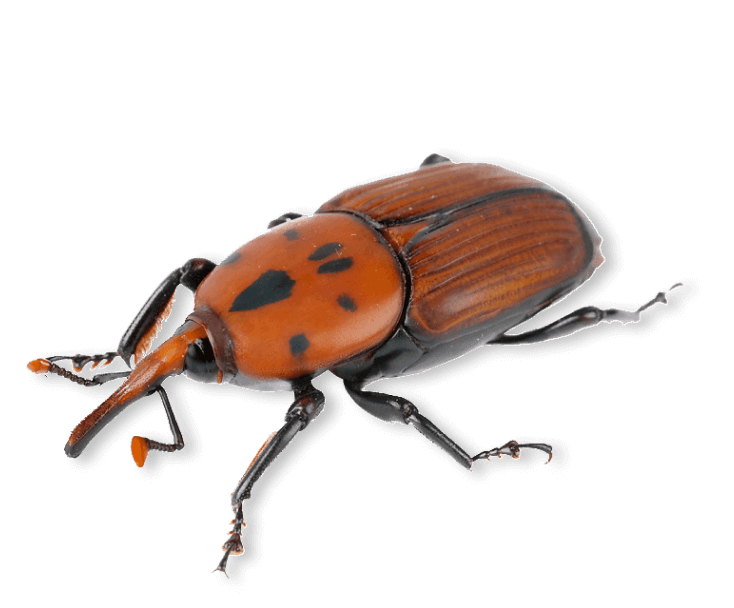
Palm Weevil Identification
Call Now 800-901-1102

What does this weevil look like?
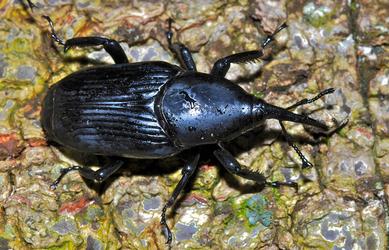
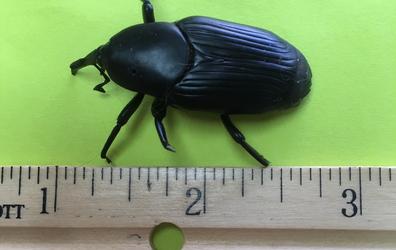
South American Palm Weevil Facts
Native to Mexico and Central and South America, the South American palm weevil (SAPW) is also known as: the giant palm weevil, palm marrow weevil and the American palm weevil. It was first discovered in a Canary Island date palm in San Ysidro, and is making its way throughout Southern California. This year it was discovered in Canary Island date palms in Rancho Santa Fe, in North San Diego Country, where treatment is commencing to save these beautiful, expensive landscape trees.
This weevil destroys palm trees by feeding on the growing tissue in the palm crown, killing it. Adults are completely black, sometimes appearing velvety, and large, in size (often up to 1 ½ inches to 2 inches in length). Males possess a patch of stiff hairs on the top of the rostrum (long snout). It is the males of the species that produce an aggregation pheromone, which attracts other adult weevils to the infested host trees. Females deposit eggs into holes made by their rostrum (snout), most often where the plant surface is damaged or near leaf bases in the crown. The holes are sealed by the female with a brown waxy secretion.
South American Palm Weevil Life Cycle
Females lay an average of 245 white eggs over their lifetime, but may lay as many as 700. Eggs hatch in about three to five days. Upon hatching, the creamy white larvae begin to feed on surrounding palm tissues. Larvae range from 1 to 2 inches in length. The larval period lasts an average of about two months. Mature larvae pupate in an oval-shaped cocoon about 3 inches long made of palm fibers inside the destroyed tree tissues. The pupal stage lasts about two to three weeks. After hatching into an adult, the weevil emerges from the pupal case, but remains in the fibrous cocoon for several days before exiting. Adult weevils live for about 40 days.
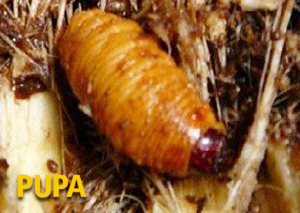
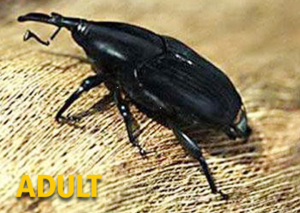
The South American palm weevil does not limit itself to one variety of palm tree. It also infests: date, Canary Island date, coconut, African oil palm, sago and Washingtonia fan palms. Additionally, it feeds on sugar cane and ripe fruits such as avocado, citrus, guava, mango and papaya.
Corky’s Pest Control, has a specialized service and monitoring system that protects Canary Island date palm trees and safeguards your landscape.
For more information about this invasive devastating bug, read our blog.
 800-901-1102
800-901-1102